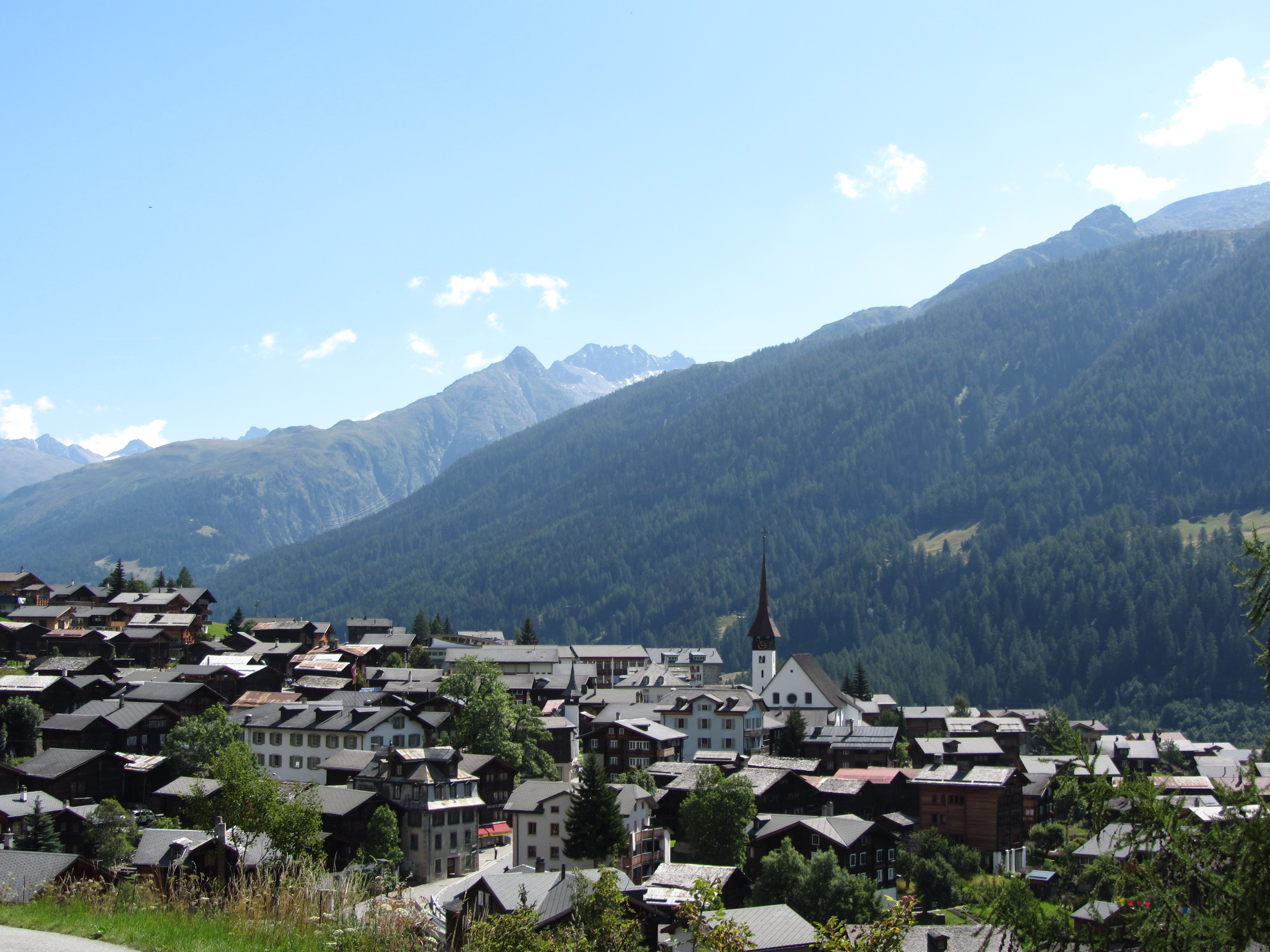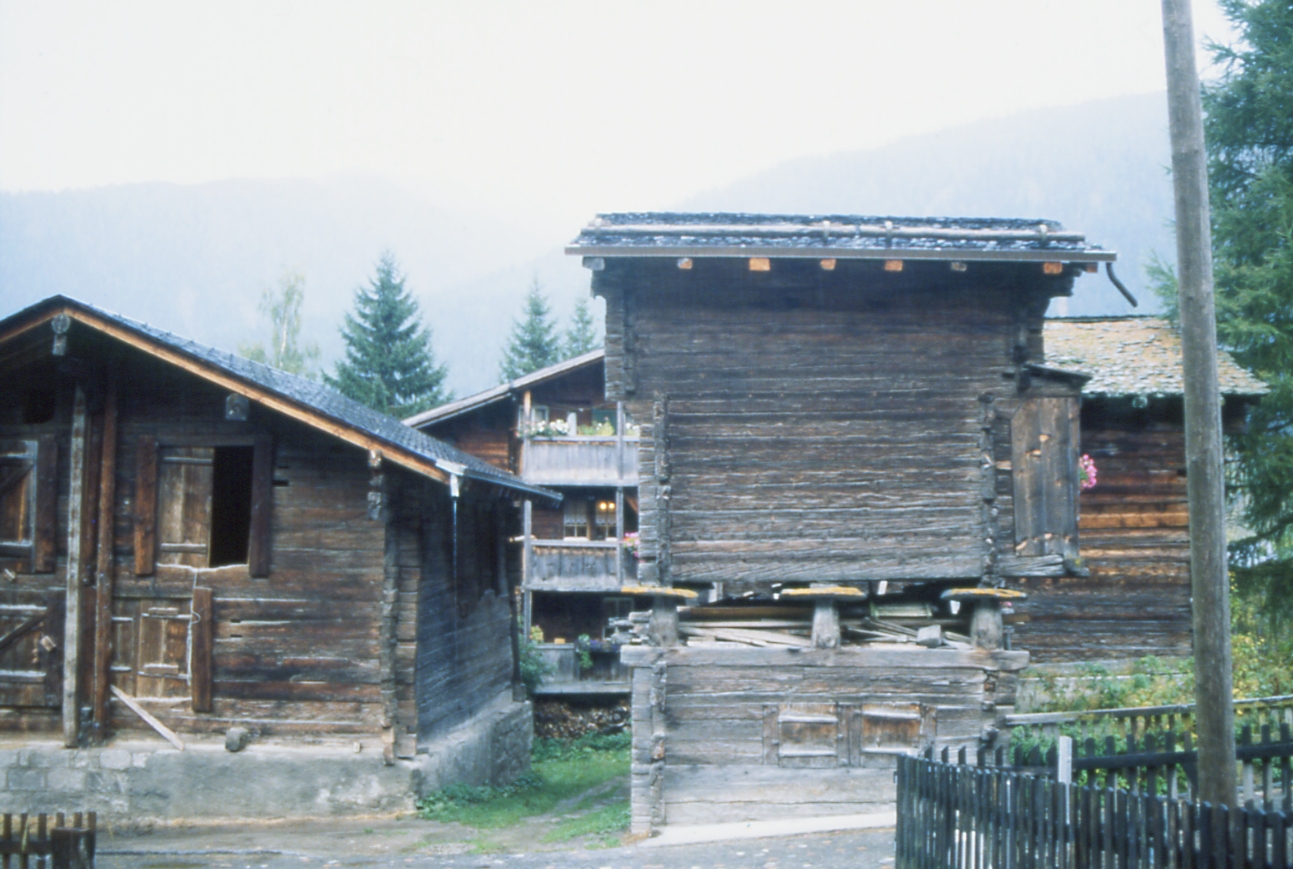|
Münster-Geschinen
Münster-Geschinen is a former Municipalities of Switzerland, municipality in the district of Goms (district), Goms in the Cantons of Switzerland, canton of Valais in Switzerland. It was formed in 2004, from the union of the municipalities of Münster, Valais, Münster and Geschinen.Amtliches Gemeindeverzeichnis der Schweiz published by the Swiss Federal Statistical Office accessed 19 July 2011 On 1 January 2017, the former municipalities of Münster-Geschinen, Blitzingen, Grafschaft, Switzerland, Grafschaft, Niederwald, Switzerland, Niederwald and Reckingen-Gluringen merged into the new municipality of Goms, Valais, Goms. History Münster is first mentioned in 1221 as ''Musterium''. Geschinen is first mentioned ...[...More Info...] [...Related Items...] OR: [Wikipedia] [Google] [Baidu] |
Münster-Geschinen
Münster-Geschinen is a former Municipalities of Switzerland, municipality in the district of Goms (district), Goms in the Cantons of Switzerland, canton of Valais in Switzerland. It was formed in 2004, from the union of the municipalities of Münster, Valais, Münster and Geschinen.Amtliches Gemeindeverzeichnis der Schweiz published by the Swiss Federal Statistical Office accessed 19 July 2011 On 1 January 2017, the former municipalities of Münster-Geschinen, Blitzingen, Grafschaft, Switzerland, Grafschaft, Niederwald, Switzerland, Niederwald and Reckingen-Gluringen merged into the new municipality of Goms, Valais, Goms. History Münster is first mentioned in 1221 as ''Musterium''. Geschinen is first mentioned ...[...More Info...] [...Related Items...] OR: [Wikipedia] [Google] [Baidu] |
Goms, Valais
Goms is a Municipalities of Switzerland, municipality in the district of Goms (district), Goms in the Cantons of Switzerland, canton of Valais in Switzerland. On 1 January 2017, the former municipalities of Niederwald, Switzerland, Niederwald, Blitzingen, Grafschaft, Switzerland, Grafschaft, Münster-Geschinen and Reckingen-Gluringen merged into the new municipality of Goms. History Blitzingen Blitzingen is first mentioned in 1203 as ''Blicingen''. Grafschaft Grafschaft was created in 2000 through the merger of Biel (VS), Ritzingen and Selkingen. Biel was first mentioned in 1277 as ''Buele''. Starting in the 13th Century, Ritzingen gradually became a municipality. By the 16th Century the traditional practices and pastures of the farmers were finally codified into laws. Selkingen was first mentioned in 1374 as ''villa de Selgingen''. Münster-Geschinen Münster-Geschinen was formed in 2004 from the union of the municipalities of Münster, Valais, Münster and Geschinen. [...More Info...] [...Related Items...] OR: [Wikipedia] [Google] [Baidu] |
Goms (district)
Goms (french: District de Conches) is a district of the canton of Valais in Switzerland. It covers a larger area than its geographical counterpart, the geographical region of Goms, namely the upper most part of the Rhône valley between its source and Brig. It has a population of (as of ). Municipalities It comprises the following municipalities: Coat of arms The blazon of the municipal coat of arms is ''Per fess Gules and Argent, two Crosses pattee counterchanged.'' Demographics Goms has a population () of . Most of the population () speaks German (4,401 or 92.8%) as their first language, Serbo-Croatian is the second most common (179 or 3.8%) and Albanian is the third (41 or 0.9%). There are 29 people who speak French, 12 people who speak Italian. , the gender distribution of the population was 51.0% male and 49.0% female. The population was made up of 2,113 Swiss men (44.8% of the population) and 292 (6.2%) non-Swiss men. There were 2,036 Swiss women (43.2%) and 274 ... [...More Info...] [...Related Items...] OR: [Wikipedia] [Google] [Baidu] |
Guttannen
Guttannen is a municipality in the Interlaken-Oberhasli administrative district in the canton of Bern in Switzerland. Origin of the name Guttannen is the name of a meadow, which became the name of the municipality. It comes from the phrase ''ze den guoten tannen'' (by the good firs). History Guttannen is first mentioned in 1377 as ''Guotentannon''. During the Middle Ages it was part of the Vogtei of Hasli and the parish of Meiringen. In 1334 the entire Vogtei was acquired by Bern. A chapel was built in the village in 1467 though it did not have a baptismal font. When the entire Canton accepted the new faith of the Protestant Reformation, the chapel was converted and remained under Meiringen. In 1713 it joined the parish of Innertkirchen where it remained until it became an independent parish in 1816. The old chapel was damaged in a fire in 1723 and replaced with a new chapel which became a parish church when Guttannen became a parish. Following the French invasion of S ... [...More Info...] [...Related Items...] OR: [Wikipedia] [Google] [Baidu] |
Reckingen-Gluringen
Reckingen-Gluringen is a former municipality in the district of Goms in the canton of Valais in Switzerland. It was formed in 2004 from the union of the villages and municipalities of Reckingen and Gluringen.Amtliches Gemeindeverzeichnis der Schweiz published by the Swiss Federal Statistical Office accessed 19 July 2011 On 1 January 2017 the former municipalities of Reckingen-Gluringen, , , |
Grafschaft, Switzerland
Grafschaft is a former municipality in the district of Goms in the canton of Valais in Switzerland. In 2000 the municipality was created with the merger of Biel (VS), Ritzingen and Selkingen.Amtliches Gemeindeverzeichnis der Schweiz published by the Swiss Federal Statistical Office Retrieved 19 July 2011 On 1 January 2017 the former municipalities of Grafschaft, , , Niederwald [...More Info...] [...Related Items...] OR: [Wikipedia] [Google] [Baidu] |
Fieschertal
Fieschertal is a village and municipality in the district of Goms in the canton of Valais in Switzerland. Besides the village of Fieschertal, the municipality includes the nearby hamlets of Wichul, Zer Flie and Wirbul. History Fieschertal is first mentioned in 1351 as ''vallis de Vies''. Geography The village of Fieschertal is located in the valley of the Wysswasser, a tributary of the Rhone that drains the Fiescher glacier. In addition to the village, the municipality includes a number of nearby hamlets, including Wichul, Zer Flie and Wirbul. However, most of the municipality's area comprises sparsely inhabited high mountain landscape and is heavily glaciated, including most of the Aletsch glacier and its tributary glaciers, together with the whole of the Fiescher glacier. The mountains of the Jungfrau, Mönch, Fiescherhorn, Agassizhorn, Finsteraarhorn, Oberaarhorn, Wasenhorn, Grunhorn, Wannenhorn, Eggishorn, Aletschhorn, Mittaghorn and Gletscherhorn are all either within ... [...More Info...] [...Related Items...] OR: [Wikipedia] [Google] [Baidu] |
Valais
Valais ( , , ; frp, Valês; german: Wallis ), more formally the Canton of Valais,; german: Kanton Wallis; in other official Swiss languages outside Valais: it, (Canton) Vallese ; rm, (Chantun) Vallais. is one of the cantons of Switzerland, 26 cantons forming the Switzerland, Swiss Confederation. It is composed of thirteen districts and its capital and largest city is Sion, Switzerland, Sion. The flag of the canton is made of thirteen stars representing the districts, on a white-red background. Valais is situated in the southwestern part of Switzerland, the country. It borders the cantons of Canton of Vaud, Vaud and Canton of Bern, Bern to the north, the cantons of Canton of Uri, Uri and Ticino to the east, as well as Italy to the south and France to the west. It is one of the three large southern Alps, Alpine cantons, along with Ticino and the Grisons, which encompass a vast diversity of ecosystems. It is a bilingual canton, French language, French and German language, German ... [...More Info...] [...Related Items...] OR: [Wikipedia] [Google] [Baidu] |
Niederwald, Switzerland
Niederwald is a former municipality in the district of Goms in the canton of Valais in Switzerland. On 1 January 2017 the former municipalities of Niederwald, Blitzingen, Grafschaft, Münster-Geschinen and Reckingen-Gluringen merged into the new municipality of Goms. History Niederwald is first mentioned in 1526 as ''Zniderwaldt''. Geography Niederwald has an area, , of . Of this area, 34.8% is used for agricultural purposes, while 43.8% is forested. Of the rest of the land, 3.0% is settled (buildings or roads) and 18.4% is unproductive land. The municipality is located above the Fiesch valley and along the old highway which ran from Ernen over the Rhone bridge to the right side of the valley. It consists of the ''haufendorf'' village (an irregular, unplanned and quite closely packed village, built around a central square) of Niederwald and the former hamlet of Rottenbrigge. Coat of arms The blazon of the municipal coat of arms is ''Or, on Coupeaux Vert three Pin ... [...More Info...] [...Related Items...] OR: [Wikipedia] [Google] [Baidu] |
Blitzingen
Blitzingen is a former municipality in the district of Goms in the canton of Valais in Switzerland. On 1 January 2017 the former municipalities of Blitzingen, Grafschaft, Münster-Geschinen, Niederwald and Reckingen-Gluringen merged into the municipality of Goms. History Blitzingen is first mentioned in 1203 as ''Blicingen''. Geography Blitzingen had an area, , of . Of this area, 36.7% is used for agricultural purposes, while 27.3% is forested. Of the rest of the land, 1.7% is settled (buildings or roads) and 34.3% is unproductive land. It consists of the village of Blitzingen and the hamlets of Ammere, Bodme, Wiler and Gadme. Coat of arms The blazon of the municipal coat of arms is ''Azure, issuant from a cliff Vert a flag per fess Gules and Argent two Crosses couped counterchanged staffed of the third and finialed Or, issuant from sinister a Thunderbolt Or, in Chief two Mullets Or.'' The lightning bolt (german: blitz) may be an example of canting arms. Demographics Bl ... [...More Info...] [...Related Items...] OR: [Wikipedia] [Google] [Baidu] |
Serbo-Croatian
Serbo-Croatian () – also called Serbo-Croat (), Serbo-Croat-Bosnian (SCB), Bosnian-Croatian-Serbian (BCS), and Bosnian-Croatian-Montenegrin-Serbian (BCMS) – is a South Slavic language and the primary language of Serbia, Croatia, Bosnia and Herzegovina, and Montenegro. It is a pluricentric language with four mutually intelligible standard varieties, namely Serbian, Croatian, Bosnian, and Montenegrin. South Slavic languages historically formed a continuum. The turbulent history of the area, particularly due to expansion of the Ottoman Empire, resulted in a patchwork of dialectal and religious differences. Due to population migrations, Shtokavian became the most widespread dialect in the western Balkans, intruding westwards into the area previously occupied by Chakavian and Kajkavian (which further blend into Slovenian in the northwest). Bosniaks, Croats and Serbs differ in religion and were historically often part of different cultural circles, although a large part o ... [...More Info...] [...Related Items...] OR: [Wikipedia] [Google] [Baidu] |
Albanian Language
Albanian ( endonym: or ) is an Indo-European language and an independent branch of that family of languages. It is spoken by the Albanians in the Balkans and by the Albanian diaspora, which is generally concentrated in the Americas, Europe and Oceania. With about 7.5 million speakers, it comprises an independent branch within the Indo-European languages and is not closely related to any other modern Indo-European language. Albanian was first attested in the 15th century and it is a descendant of one of the Paleo-Balkan languages of antiquity. For historical and geographical reasons,: "It is often thought (for obvious geographic reasons) that Albanian descends from ancient Illyrian (see above), but this cannot be ascertained as we know next to nothing about Illyrian itself." the prevailing opinion among modern historians and linguists is that the Albanian language is a descendant of a southern Illyrian dialect spoken in much the same region in classical times. Alternativ ... [...More Info...] [...Related Items...] OR: [Wikipedia] [Google] [Baidu] |








